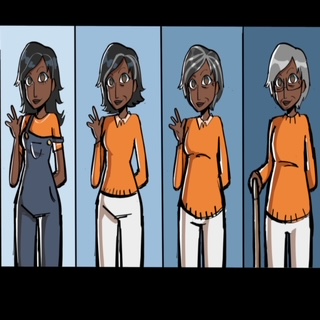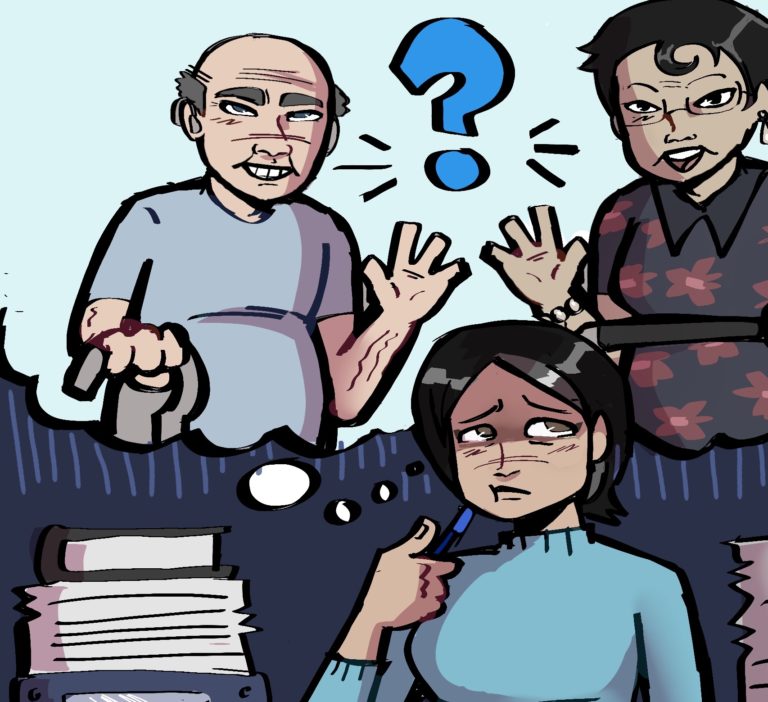You might want to hold onto this newsletter until after the holidays. It has been written in the spirit of “A Christmas Carol” in the hope that, like Ebenezer, Canadians will wake up and embrace their responsibility in the greater functioning of this country.
Discerning Seniors has maintained that aging is something you do…not something that randomly happens to you. It is crucial to plan for it and to understand how much it costs to live longer and sicker in Canada’s largest city. This blog is focused on the situation in the GTA and the role played by OHIP (Ontario Health Insurance Plan) though we could be talking about any province’s system.
We have publicly funded health care in Canada. And it is magnificent so long as you are severely injured, acutely sick, or the kind sick where you will be dying within a few months. In these cases we are truly blessed to be Canadian. Especially when compared to the uncertainty around how much acute care you can afford just south of the border.
The reality is that many Canadians of the Great Generation and the earliest of Baby Boomers, are, and will continue living a large portion of their lives – often as long as 30+ years – a little bit sick and a lot less capable of doing everything themselves. There should be absolutely no shame about this. Zero. These are the folks who built this great country. These are also the first people to benefit from our publicly funded health care system for most of their lives. It worked! Yay us!
As we age, health problems both physical and mental are completely normal and to be expected. We all know something is going to kill us. Until about 30 years ago people were not expected to live this long. But here we are with many families boasting of a much adored Nonna, Zadie, Mamie, Opa, Grann, Baba who will be 100 next year. Huzzah!
When our beloved elders are in their late 90’s the odds are very good that the message that used to go from the bladder to the brain with a command to giddyap to the loo pronto might get lost along the way or might disappear all together. This isn’t the adorable “leak when you laugh” kind of thing… It’s different. This is normal at an advanced age and/or when dealing with some kind of neurological disorder. Sadly, when that signal gets lost, everything really changes.
Publicly Funded Services
So, let’s get down to brass tacks. The maximum care provided by OHIP’s community care service called HCCSS or Home and Community Care Support Services (just rolls of the tongue, doesn’t it?) is 1 hour, 3 times a day. Morning, noon and evening. This care is provided by sub-contracted personal support workers (PSW’s) who spend their days rushing from one client to the next navigating Toronto traffic and changing their clients’ diapers. God bless them. Can you imagine? And with all the clients we have helped over the past several years, we have only had 1 client who qualified for these 3 hours. Yes, just 1. Most people are given 1 hour a day and that hour is used for assistance with bathing.
This, by the way, is what our government is pushing for. This is the cheapest way to support the growing number of Canadians who need help with their ADL’s (Activities of Daily Living). In Ontario, ADL’s are defined as:
- Personal hygiene/ Personal grooming.
- Basic mobility – able to get in and out of bed and maneuver around the house.
- Toileting – capable of going to the bathroom without assistance.
- Dressing – can select appropriate attire and dress independently.
- Eating – can eat and drink without assistance.
In order to qualify for LTC (long term care) they (the insanely overworked social workers from HCCSS) must find that a person is incapable of doing 4 out of 5 of these ADL’s.
Then once a person has qualified for LTC they have to begin the waiting period. The “better” LTC’s have a 4 to 5 year waitlist.
It is important to understand that an LTC is an institutional environment with the humming of fluorescent lights and the chill of linoleum tiles. Staff tries hard to offer a warmer environment and they are all doing their best to assist people in spite of being chronically underfunded, understaffed and under-supervised.
What about private care?
Our experience has been that private caregivers are wonderful. Clients have control over who will assist them. They can always have the same person or person(s) depending on how much time they need and with an agency they also have access to nursing support, back up, a case manager, etc. Our clients appreciate having a care team supporting their loved one and themselves.
But it can get expensive. The agencies we work with charge anywhere from $28 to $38/hour and most have a minimum 4 hour block. They work this way to allow connections to form, and for the care relationship to move from transactional services (a shower, a diaper change) to one that allows for actual care and support. We know that connection is the absolute best way to slow the ravages of neurological decline including depression, so we, Discerning Seniors, encourage people to top up their publicly funded support in most cases. Even a minimum of 4 hours a week @ $28/hour is $112 x 52 weeks is $5824.00 plus HST when applicable. Consider that a person’s health declines over time and that you might eventually require 12 hours a day, every day @ say $32 which is the average cost of private care: that grows to $384 a day or $140,160 a year. That is a lot of cash.
Many people indicate that they will hire their own live in caregiver. That’s fine, however, you will need to understand that nobody is able to be “on call” 24 hours a day/7 days a week and in that scenario, there is no back-up, should said caregiver want to visit their family out of the country – or on Sunday morning. Families need to start adding in others and before you know it – they are managing a staff – complete with workers compensation.
Private retirement homes are generally an excellent solution. Many have vibrant communities that provide built in supports for meals, medication management and the crucial social lifestyle that nourishes every part of us AND keeps us healthier. The most important thing is to find the best fit for you and to move in when you are still well enough to enjoy the lifestyle. So many people wait until they are too ill to participate in all the offerings included in the rental fee. Sadly they end up paying a lot of money for a tiny footprint in addition to the aforementioned private care. It’s not ideal.
Our apologies for firmly landing in the role of the Spirit of Christmas to come, in no way is the intention to ruin this holiday season. Omicron has that all wrapped up. Do yourself a favour. In the new year, give us a call and let’s start talking about how to plan for the days when you will need a little help and let us up help you take ownership of your third or fourth act so you can do it the way that best meets your needs.





